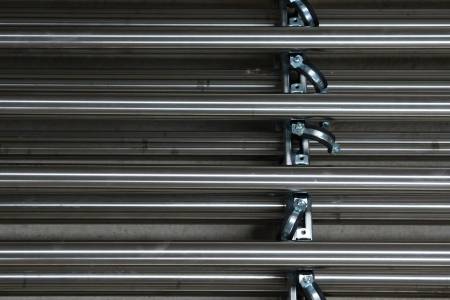
Ferritic and martensitic stainless steels represent distinct classes within the broader family of stainless steels, each offering unique properties tailored to specific applications. Understanding their differences is crucial for selecting the right material for your project.
Ferritic Stainless Steels:
Martensitic Stainless Steels:
Choosing Between Ferritic and Martensitic:
The choice between ferritic and martensitic stainless steel depends primarily on the required balance between corrosion resistance, strength, ductility, and cost. Ferritic grades are preferred for applications emphasizing corrosion resistance and ease of fabrication, while martensitic grades are chosen when high strength and hardness are paramount. Careful consideration of the specific application environment and performance requirements is essential for selecting the optimal grade.